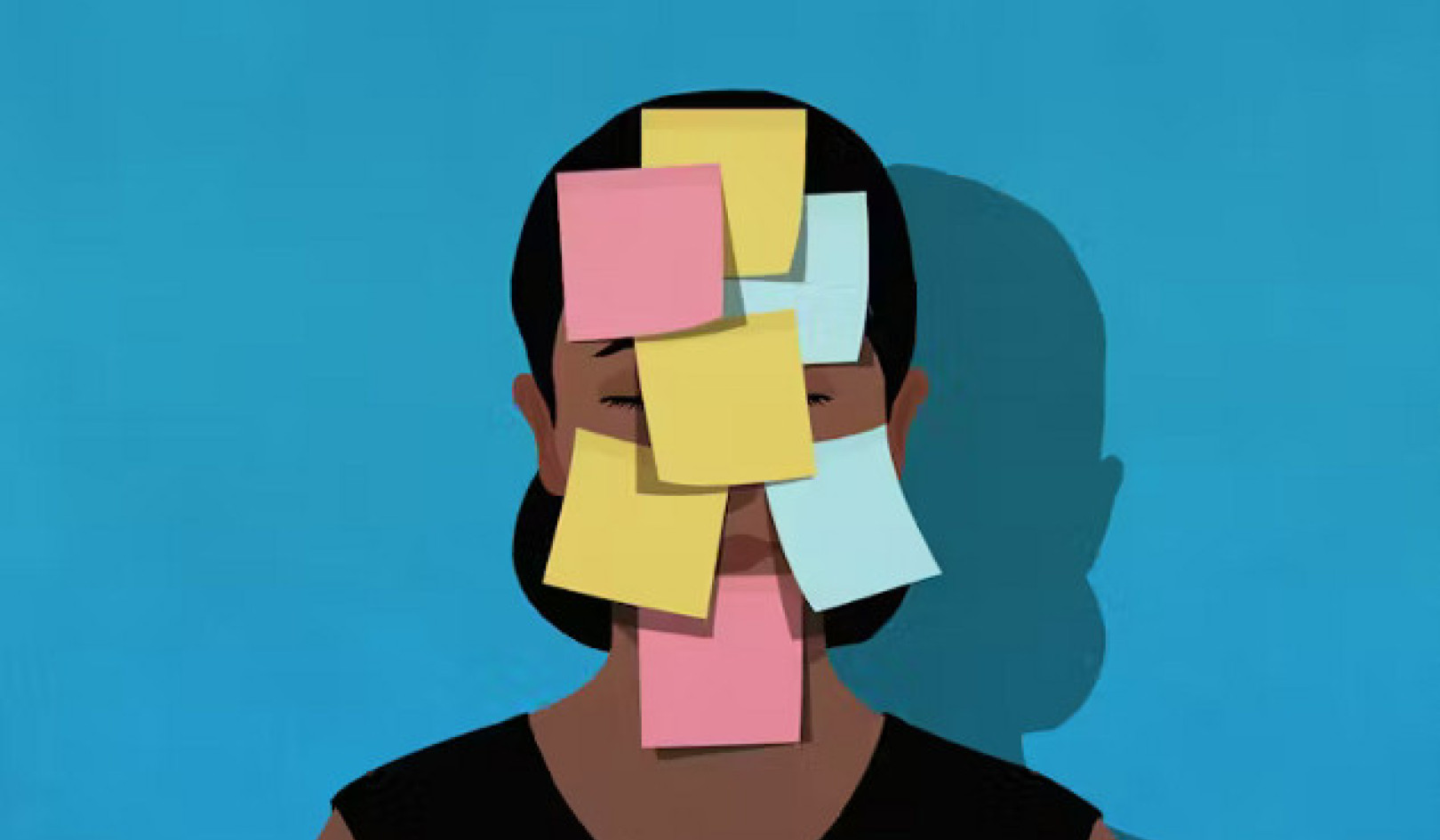
Now more than ever we need to imagine our future, to see the world we want to create. This is what I call visioning. The sea of change we are all living in also calls us to ask some crucial questions: “What’s important? What values do we need to embrace and build into the future? What kinds of organizations, institutions, communities, and lives do we want to create together?
People are struggling with these questions in all sectors of life: in our families, work, communities, and governments. Moreover, there seems to be a growing desire or need to live on purpose–to be deliberate about how we shape and live in organizations and communities.
A whole level of accountability and responsibility is therefore required. ~ Michelle Hunt
Streaming is a quick and easy four-step process for using imaginal perception to grow dreams into reality. What begins as an exercise that may take three to five minutes can quickly become an automatic habit, easily accomplished in seconds and integrated into your life as unconscious competency.
THE FOUR STEPS OF STREAMING
1. Vision
“I wonder what it would be like if...?”
We begin by creating a famory (a future memory that feels familiar).
Pick something you want to change or create. For instance, you may have an event coming up. You may be planning a trip, finishing a project, or considering a move. You want to start with something you can accomplish in a relatively short period of time. Finding a cure for cancer or creating world peace are not good choices for this exercise. Choose something practical and urgent and finish the sentence: “I wonder what it would be like ...?”
Examples:
“I wonder what it would be like to pay off that debt?”
“I wonder what it would be like if my marriage worked again?”
“I wonder what it would be like to get that promotion?”
“I wonder what it would be like if my event was fully subscribed and I sold thirty-five books?”
Here’s an example of how successful streaming works, one of my own very physical examples to emphasize how practical this process is. My left leg has hurt me for years but it recently got much worse and I became motivated to finally do something about it.
I asked myself: “I wonder what it would be like if my leg didn’t hurt any more?” I continued to flex my imaginal perception muscles: “I wonder what it would be like if my leg was healed? Oh, that would be GREAT! I would be thrilled, grateful, surprised and delighted, I could walk with ease again, imagine that. Bring it on!”
Notice, I’m not getting into a long story. I’m describing how I feel when the leg doesn’t hurt any more and I am using strong emotion words. Clients often get stuck in their heads at this point instead of dropping down into their hearts. Speak about how it will feel, not the story you have made up about it.
Next, pick a point in time after the results are locked in. For me, I chose six months out. Actually, I picked my birthday, August twenty-fourth. I knew this chronic condition wouldn’t heal overnight. This gave me five months.
Suddenly, I’m motivated. I have weekly chiropractic adjustments, twice weekly physiotherapy sessions, and I do special stretches every day. After a few months I notice improvement. I don’t want to limit the possibilities so I vision August twenty-fourth “or before” for the results I want.
I imagifi the situation: It’s August twenty-fourth (or earlier) and I imagine myself backpacking in the Trinity Mountains. I’m leading our familiar group of friends around the last turn as we glimpse our favorite mountain lake. I shout, “We’re here!” and stride across the log swamp. I reach the camping area and fling my pack to the ground. I look out over the lake and stretch. Both legs are pain free and I feel ecstatic.
Finishing this book has required a lot of sitting and I’ve mediated the strain of that with regular stretching. The pain is still there but it’s lessened and I know that the combination of visioning and structural management will keep me motivated to self-care.
Author’s note: August twenty-fourth happened. We did our backpacking trip and, sure enough, the above scenario played out, exactly as visioned. No pain. And yes, that felt ecstatic.
Your Turn
I’m assuming you’ve picked your target. Now, where are you? Notice the detail in my description. You do the same. Pick a location in the future when you have achieved your desired result and describe your imaginary location in detail. Where are you? Sitting at your desk, driving your car, standing by a stream, where?
Think of this as a picture or a movie and develop as much detail as possible. Use all your senses. What does it look like, smell like, sound like, etc? For instance, “I’m standing beside the camp fire looking over the lake which is rippling in the afternoon sun. A slight wind is blowing, I hear birds in the distance...”
Now, feel it. I’ll model this stage. “I feel strong. My leg is pain-free. Wow, there’s gratitude welling up inside me, I can feel it in my heart, spreading a warm glow through my entire body. I am so thankful that my leg has healed. There’s good tingling in there, not like the old painful sensation. I feel vibrant, fully alive, energized, powerful.”
You can feel the passion in my words. This is what you want to imagine. Ultimately, you want to create a feeling that’s entirely distinct, a one-of-a-kind thing. This is the way it feels when you get this result. That’s the only thing it could be; it could never be mistaken for anything else. You’ll know when you get to that point because descriptive words will fail.
Here’s an easy way to remember this first step of the Streaming process: Say it, see it, feel it.
2. Truth
“This is the situation.”
It’s time to tell the truth.
If you are broke and walk around reciting, “I am rich,” you are lying to yourself and ensuring future disappointment. You are not rich and your mind/heart/body/soul know it. So, that’s self-deception. Besides, who would constantly tell themselves they were rich except someone who wasn’t? Your subconscious will reject the lie and you will remain poor.
What does work is being honest about the way things are and simultaneously creating a vision of what you want. As F. Scott Fitzgerald wrote, “The test of a first-rate intelligence is the ability to hold two opposed ideas in the mind at the same time, and still retain the ability to function.”
So, you’ve crafted your vision in step one, now you tell the truth about the situation in step two. Back to my example and here’s my truth: “My left leg is hurting. It’s getting worse every day. The minute I stand up, especially when I walk on hard surfaces the pain travels down my leg, my calf gets a stabbing sensation, my toes go numb. It’s awful. What if it never gets better? What if I need surgery? What if I end up in a wheel chair, what if I live in pain for the rest of my life?”
I’m truth telling, facing facts without editing. Obviously, this is not positive thinking, which Barbara Ehrenreich warns us about: “...we cannot levitate ourselves into that blessed condition by wishing it. We need to brace ourselves for a struggle against terrifying obstacles, both of our own making and imposed by the natural world. And the first step is to recover from the mass delusion that is positive thinking.” [Bright-sided: How Positive Thinking Is Undermining America]
I agree, but that’s not enough to produce change. Truth and vision must live together and that’s rare. There is a third alternative between living in what she lampoons as delusionary positive thinking (while denying a hard reality) and being preoccupied / depressed with what’s wrong (while having no vision). We can learn to hold truth and vision at the same time.
Your turn. Tell the truth about your current situation and how it feels. Be as honest as possible and stay out of a long sob story. Notice in my example that as I told the truth I traveled back in time to the originating event. That textured how I felt and shame arose. You’ll notice the same tendency as you stream backwards and forwards but this doesn’t need to become a self-therapy session. Just tell the truth, feel it, and move on.
3. Help
“Help! Help me please! Anyone... help me!”
This is hard.
Asking for help is especially hard for men because we’re supposed to be tough like John Wayne and never need help. It’s especially hard for women because you’re supposed to be weak (so believe many men) and asking for help confirms it. It’s especially hard for experts because they’re not supposed to need help and admitting they do exposes them as frauds, or so the fear goes.
When I get to this stage in a coaching session and invite my client to ask for help, I often hear something like this: “It’s true that I could use help with this. You know, it was easier last time when Fred was here but he’s gone now and so I... well, there’s always Nancy who, you know, likes me, but ...”
How compelling is that? — Not!
Here’s what I’m looking for: “Help! Help me, please help me. I can’t do this on my own, I’m afraid of failing. I need help and I need it now. Please, please, please, is anyone out there? Hear me, answer me, help me now.” This drops you down into a primal level, while the other was just a head trip. Which call for help is more likely to be heard? The squeaky wheel gets the grease.
Those who access ethereal realms are convinced we’re all surrounded by angels who are restrained from helping us until we ask them to. Well, whether we believe that or not, why not ask?
It works like sonar or radar, transmitting a beam of energy that bounces off whatever is out there and returns to display images on a screen. Let’s translate three elements of this process for our application:
1. Transmission. You ask for help. You send it “out there” into the void. There is a particular quality to your “ask.” For instance, it might include desperation, urgency, vulnerability, etc.
2. Bounce back. Your ask makes contact. It is “heard.” The resources you need already exist “somewhere” but they are invisible and only revealed when contacted by your ask. Just like radar, your transmission hits whatever is “out there” and bounces back towards the screen of your conscious awareness.
3. Screen shot. You get ideas. You’re inspired to think of specific kinds of help. Possibilities occur to you; sometimes you even get a visionary message.
Back to my example: I ask for help to heal my leg. Moments later I think of Dr. John, my chiropractor buddy. We exchange writing coaching for adjustments. But I haven’t been in for a month. Duh. Then I remember that my friend Polly does excellent bodywork. Oh, and another friend, Robert, offered to show me some Feldenkrais moves. I keep thinking. What about Cal? He’s a physiotherapist, I could find out about his work.
In other words, my asking stimulated new, imaginative ideas about how to deal with my situation. Until I asked, I knew I needed help, but it was just a vague wish and it was easy to drift along for years doing nothing. Once I asked for help, hidden resources became visible and therefore available.
So, you’ve asked for help. What comes back? Ask again, and pause in your reading to see what shows up. If you’re asking for help with a relationship you might get ideas like this: “She wants me to read that book and maybe I should. Perhaps there’s something in there that could help us. Oh, what about Ed? Ed offered to look after our cats if we wanted to go on a holiday; wow, it’s been years. And, wait, Jim offered to give us some of his gazillion airline points; we could fly to Costa Rica and stay with my sister for free. Wow again!”
Next, let’s imagine that an image of two swans appears, swimming together in your mind. You have a thought: “Swans mate for life. Maybe we need to revisit our commitment. Maybe my wife is nervous that, after twenty-nine years together, I might be getting bored with our marriage. Say, what about an official vow renewal ceremony?”
4. Action
“I act in harmony with all life.”
Here’s the final step that activates the full Streaming formula and delivers results: action.
All successful people will confirm that they had to work to get their results. The joke is: how many years does it take to become an overnight success? In the book Outliers, author Malcolm Gladwell says that “it takes roughly ten thousand hours of practice to achieve mastery in any field.”
Sure, some folks get lucky. They know the right people and some are real geniuses, but here’s what they all did: they acted. They did something and they kept on doing something until they succeeded. So, why bother with the first three steps then, why not just make the traditional “to do list” and get busy? If acting is what it’s all about, why not just act? Because we need to know what to do, how to do it, who we are doing it with, and something to keep us motivated.
It’s not enough to act. It’s not enough even to know how to act. That doesn’t provide what you need to stay motivated. We need to know where we are going, what our action is in service to. How else could we know whether to turn right or left on our way to “success?”
Here in step four we are soaking in vision energy, we’ve been honest about our predicament, we’ve asked for help, and now we make a commitment. Whatever you commit to do must be simple. For instance, “I will build a new website” is a poor Streaming target. It’s way too complex and it takes too long. Pick something simple and immediate. When I streamed for my leg it was something like this: “I will call Dr. John today.” For you, it could be: “I will call Carol and ask to borrow her copy of that book.” Or, “I will take out the garbage tonight.”
Simple. Doable. Check!
AS IF
Every effective technique has a key to its success. For Streaming, it’s living “as if.” Once you have identified how it will feel to succeed, you commit to consistently experiencing that feeling now. For instance, with my wounded leg, I identified how good it will feel when the pain is permanently gone. Now, day after day, I live in that feeling, especially when my leg is hurting.
Is this denial? Yes, if that’s all I did. No, because it’s one essential part of this process. I take all four steps. I keep visioning, truth telling, asking for help, and acting, over and over, with many topics. And, for all of them, I’m having the emotional experience I want to have right now.
Note: although the target date for results on healing my leg was August, it was eighty percent better a month earlier. Is that because of my visioning or my actions?
Interestingly, today, proofing this manuscript, the pain is worse, likely because of so much concentrated sitting. My response: more stretching, a scheduled massage, perhaps scheduling an x-ray.
I’m laboring the point here because it’s so easy to slip into magical thinking and avoidance rather than being fully honest and working on all levels.
WHAT IF IT DOESN’T WORK?
Streaming may or may not get you the physical results you want. You hope it will, but there’s no guarantee. Streaming will succeed in shifting your experience along the way, if you take action.
Friends suffer a sudden, unexpected health tragedy. A hospital stay eats up their savings and they decide they must sell their house. Three other houses in their neighborhood have been on the market for many months and there have been no offers; asking prices have been slashed.
My friends know the Streaming process and begin using it every day. They craft a vision statement that affirms they intend to sell their house for this amount or more before this date. They discover and begin embodying the feeling state they want to have from selling their house.
One day, about a week after their sign goes up, someone knocks on the door. It’s a couple from California, driving by. They apologize for interrupting and offer to go through a realtor but confess that something about the place has drawn them. My friends let them look around and they are captivated. They buy the house for list price. They also buy the stools, curtains, scrap lumber, everything.
“It felt the same,” my friends told me. “What we imagined we would feel after selling the house and how it actually felt. It was the same.”
THE SLINKY EFFECT
Some of you may remember the Slinky, created in the 1940’s and still popular today. My favorite move was to place one on the stairs and watch how the rear end caught up with the front. It was inevitable.
It’s just as inevitable that a physical result will catch up with its vision. I call this “vision first, results now.”
You create your future vision – the front end of the Slinky. You begin experiencing the feeling state you want right now. Results – the back end of the Slinky – follow (as your take deliberate actions).
The Streaming process is an excellent way to vision the future and create it. It’s also a guarantee that you are creating value on your way there.
Copyright 2016. Natural Wisdom LLC.
Reprinted with permission of the author.
Article Source
Now or Never: A Time Traveler's Guide to Personal and Global Transformation
by Will T. Wilkinson
 Discover, learn, and master simple and powerful techniques for creating the future you prefer and healing past traumas, to improve the quality of your personal life and help create a thriving future for our great grandchildren.
Discover, learn, and master simple and powerful techniques for creating the future you prefer and healing past traumas, to improve the quality of your personal life and help create a thriving future for our great grandchildren.
Click here for more info and/or to order this book.
About the Author
 Will T. Wilkinson is a senior consultant with Luminary Communications in Ashland, Oregon. He has written and delivered programs in conscious living for forty years, interviewed scores of leading edge change agents, and pioneered experiments in small scale alternative economies. Find out more at willtwilkinson.com/
Will T. Wilkinson is a senior consultant with Luminary Communications in Ashland, Oregon. He has written and delivered programs in conscious living for forty years, interviewed scores of leading edge change agents, and pioneered experiments in small scale alternative economies. Find out more at willtwilkinson.com/
Books co-authored by Will
at InnerSelf Market and Amazon



























